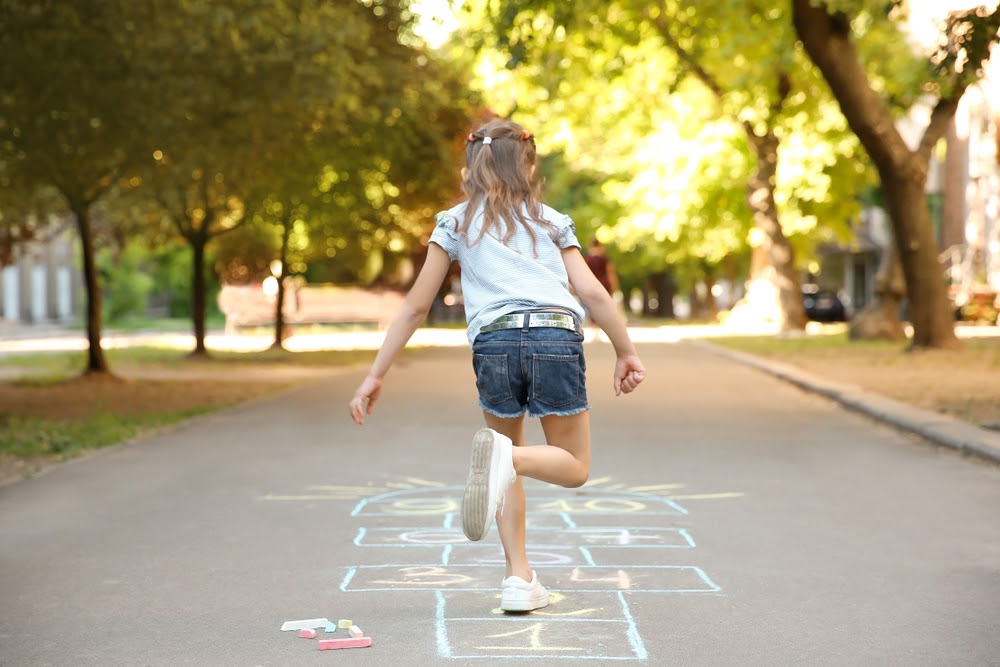
There are many typical and traditional ways that parents can help their child with reading. Yet, to get children to be excited about reading at a young age, parents can embrace their creative and fun side. Reading doesn’t always have to be about lessons and homework.
Reading can and should be a joyful experience. Using games, activities, crafts and even music can help inspire children and help them realize that stories are more than just words on a page. First-graders are just emerging into books and stories, and parents can use these fun and creative first grade reading activities to enhance their journey.

Create a Story Song
Everyone can be a musician. What is a child reading? What is their favorite book? Work with children to write a song about their favorite book or story character. The song doesn’t have to retell the story. Instead it can expand on it.
Or the song could be an example of what type of song the character might sing. Ask a child about their favorite character’s emotions throughout the story. Was the story happy or sad? What happened? Use events and the plot to inspire and influence the musical creation.
Grab some musical instruments and start creating the song and its beats and rhythms. If parents don’t have any instruments, make some. Old plastic Easter eggs can be filled with rice or dry beans for shakers. Use your hands to drum on a table. Get creative.
Draw or Paint a Scene
Art can be inspired by books and stories. Have your child be the illustrator for their favorite book. Grab some paper and art supplies—crayons, markers or paints. Encourage your child to draw scenes from their book. Or paint their favorite moment from the book.
Have a child pretend to be a famous painter. How would Picasso paint a character? What about Van Gogh? Parents might have books handy that give children a glimpse at works of famous artists. Or visit a local art museum and use the artwork as inspiration.
Parents can also read children books about artists and then have children be that artist for the day. They can create their own paintings based on what they learned about the artist.

Cook Up Literacy
Reading recipes can help children with reading and math. Younger children can help measure ingredients and learn some math skills while cooking. They also can help read recipe directions. If they stumble on a word, help them.
However, the list of ingredients might be easier for younger children to read. They can then hunt for the appropriate ingredient in the kitchen.
Looking for child-friendly recipes? The Modern Proper compiled a list of 30!
Act out the Story
It’s playtime! Literally! Have children put on a play about their favorite book. Help them create puppets using paper and popsicle sticks. Create backdrops by coloring pictures and grab props using small toys or anything that the family can find.
Have children help write the play. Or just ask them to reenact the story for their play. An upgrade for this project would include a real-life play…with children and parents as the stars! Grab costumes and props!
Write a Book
Children can become an author at any age. Let them write their own book. Use lined paper so that it’s easy for them to craft their story. Include blank paper for children to draw illustrations, too. Some children might need help with writing, and parents can lend a hand.
Don’t forget that every book needs a cover. Have children illustrate their own cover with a special design. They should also add their name as the author.
Take a Trip
A book or story field trip helps children immerse into the story. They can visit a place that the character lived or visited in the book. While not all families can take trips to faraway cities or sites (if those are found in the book), they can visit museums or other places linked to the book somehow.
Some families might be on a budget. If there is internet access, they can search for virtual trips and tours. YouTube is filled with videos of historical places and major sites and cities. In addition, many major museums also offer virtual tours and experiences.

Play Reading Games
Families can create their own fun reading games at home. Grab some sidewalk chalk and create a sight word hopscotch game. Each square might include a different sight word.
Taking a sight word scavenger hunt also is a fun way for children to practice memorizing and identifying these words. Grab the list of words and take it to the store or on errands. Have children put a check mark next to the word when they find it.
Families also can make or purchase comprehension beach balls to use to help children practice comprehension skills. For first graders, comprehension might simply be about the key ‘wh’ questions. On different sections of the beach ball, just write a comprehension prompt. Toss it back and forth. The prompt that faces up is what the child must answer.
Beach balls also can be written with sight words. The same rule applies: toss the ball and the sight word that faces up has to be read. This might be a bit more fun than using flash cards!
Make Up a Story
While making up a story isn’t a traditional way to practice reading, it helps children think about how stories are structured and how they evolve and—well—these are fun learning activities. Parents and children can write up story topics on little pieces of paper for the game.
Put all the story ideas into a hat or a bucket. Have a child pull an idea from the bucket. This is the topic the story will use. Parents can begin the story, or go in order of youngest to oldest (or vice versa). Everyone keeps adding to the story.
However, the person who is stumped, who can’t think of anything left to add, loses the game. Go back and forth until there is only one person left.
Parents and children will be surprised at where the story goes and what happens next. Every story will be different, and the plot is always a mystery…because everyone makes it up as they play!
Use Reading Apps and Programs
Parents may learn that their first grader is struggling with hitting grade-level benchmarks. Maybe they are reading below expectations. Maybe parents discover that their child just has trouble sounding out words or they aren’t confident when they read.
Children can practice reading via online programs or reading apps. Readability can be used from preschool all the way through fifth grade. With Readability, children start out at their current reading level.
If parents know their child’s reading level, they can set it within the program. However, some parents don’t know their child’s current level…and that’s ok. Readability can discover it!
Lessons via Readability require children to read stories aloud. A built-in AI tutor helps guide them as they read; the tutor is programmed with voice recognition and learns to adapt to a child’s unique voice and intonations.
If a child stumbles, the tutor will help correct them. At the end of every story, the virtual tutor will test the child’s knowledge about the story by asking questions related to comprehension.
When children demonstrate mastery of reading fluency and comprehension, the program moves them to the next level. Children only move ahead when they’re ready. Since every child learns at a different pace, Readability ensures that lessons are never too easy…or too difficult.
Even children who aren’t reading below grade level can use Readability to practice reading for fun. Readability includes interactive features and colorful illustrations, so children stay engaged and have fun, too.
Interested in learning more about Readability? Sign up for a free seven-day trial today.

 Español
Español